We know energy prices will be going up, what can you do?
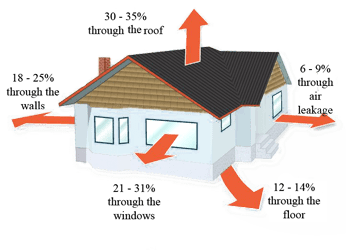
Current legislation limits Energy prices to a ‘capped’ amount but we know that this cap increases over time to reflect wholesale costs of energy sources (which are soaring right now). There are some things, though, that you can do to mitigate this to some extent. The following has been prepared by the Planning & Development Committee to give you some options.
There are many ways to save money, some simply require an adjustment to the way you use these supplies, others require significant investment. What follows tries to guide you through these possible solutions in increasing orders of cost.
Let’s start with some low cost ones
How much heat do you need?
Can you bear to turn the thermostat down a little and wear an extra layer of clothes? Do you need to heat every room, if not turn the radiator off, or at least down, in unused rooms and close the doors (although make sure they get aired to avoid condensation)?
You can also turn the boiler thermostat down a notch for your hot water without really noticing. Talking of hot water, taking a shower uses less water (& energy to heat it) than a bath does.
Small electricity savings
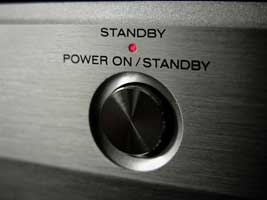
You should try to turn appliances off at the mains rather than let them go on standby; even phone chargers consume energy when not charging! The Energy Saving Trust estimated that the average home spends around £35 a year on this so-called ‘vampire power’ and that was before prices started going up.
Are you running your washing machine at 40º; If so, why not try it at 30º instead? Once washed, try to dry it outdoors if you can; if you can’t and you have a spare room consider using airing racks and a dehumidifier rather than a tumble dryer.
If you use an electric kettle, do you fill it up? Much better only to heat up as much water as you need.
Electric ovens consume lots of energy, if possible try to fill them up – maybe cook two meals at once bake some cookies etc… If that isn’t possible and you want a hearty casserole or stew – consider getting a (relatively) low cost slow cooker.
Draughty?
If you have draughts coming in then heat is getting out the same hole or gap. Curtains or draught excluders are two ways to minimise that loss.
Modest cost ideas
OK, so we’ve got rid of the low-hanging fruit. These next ones will cost you some money but will immediately start saving energy (& money).
Lighting

The best thing you can do to keep costs down is take advantage of natural light. This can be as simple as placing mirrors and other reflective surfaces around your home.
Perhaps the easiest way you can reduce the money you spend on lighting is switching to LED bulbs. LEDs use 90% less electricity which is good for your wallet and the environment. Modern dimmer switches also work to reduce the amount of energy getting to the bulb. (Note that older dimmers do not work well with ‘dimmable’ LED lights and may need replacing).
Reflecting heat
With radiators adjacent to an outside wall about one-third of the heat will leak into the wall. You can buy specially-treated radiator foil that reflects heat back into the room. This could cost as little as £5 per radiator.
Insulating wallpaper
Next time you want to redecorate, consider insulating wallpaper; this is a little thicker than traditional papers but will help reduce heat loss.
More serious investments
These will take significant sums although it’s worth checking to see if there are any grants you are eligible for. The government has a useful guide on this topic online.
Loft insulation
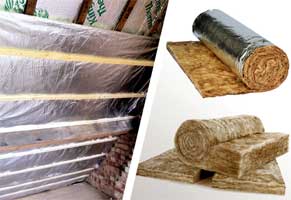
Without loft insulation any heat which reaches the loft will be lost to you. You can choose between a variety of methods to insulate your loft:
- Blanket insulation.
- Insulation boards.
- Loose fill insulation.
- Rigid foam insulation.
- Sheep wool insulation
… the option you choose will depend on the type of room you are in and its existing condition. Your money will be wasted whichever type of insulation you go for if it is not properly installed.
Glazing
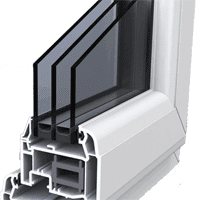
Windows and glass features in the home are great for reducing bills as they limit the need for lighting. You will be using more energy heating your home if your windows are single glazed. Double glazing is better and triple glazing even more so. Both of these options will:
- improve thermal insulation,
- help prevent draughts, and
- improve sound insulation.
Double glazing is the go-to upgrade for many, and is now the set standard in new build projects. A typical 2m x 2m double -glazed window can cost anywhere between £400 – £800 depending on style & specification. Triple glazing is also increasing in popularity. Although significantly more expensive, it does an even better job at insulating your home.
Wall Insulation
Solutions to this depend on whether you have cavity or solid walls.
Insulating Cavity Walls
Cavity walls are made up of two parallel walls with a gap in the middle. The air gap between the two walls will give some insulating advantage but a lot of heat can still escape. Professionals can insulate cavity walls, usually with expanding insulation foam; they do this by drilling small holes into the exterior wall.
Insulating Solid Walls
Here you have two choices – inside or outside. Inside is much cheaper, about half the cost, but your rooms will be made smaller. Inside is also disruptive to your living space; you will need to remove skirting boards, any fixtures on the walls to be insulated and plaster before you start.
As inside is cheaper, outside is, of course, more expensive; it does, however, deliver better heat & sound insulation. It can also improve weatherproofing, prevent draughts and is much less disruptive to the household. A three-bedroom semi is likely to cost £5,000-9,000, with a larger detached home in the region of £8,000-15,000. (Source)
Solar panels
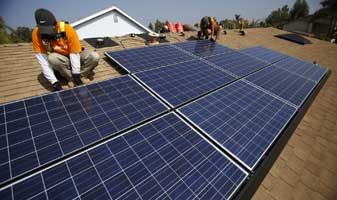
Over one million homes across the UK now have these installed to help with their energy usage. Again, this isn’t just good for keeping your energy bills down, it’s great for the environment. Scaffolding is one of the more significant costs when installing solar panels; you can mitigate this somewhat if you combine it with another home project.
If you are looking at a major project anyway
Under floor heating
Under-floor heating might be seen as a luxury, but it can actually be a very efficient and cost-saving way to heat your home. This is due to how it disperses heat evenly across an entire space, as opposed to an alternative like radiators.
Under-floor heating can be difficult, disruptive and costly to implement into an existing build. You can, however, implement it more easily into a new home, extension or structure with some design and planning.
Open-plan or Broken-plan?

Open-plan is now pretty much ubiquitous but these large open spaces can cost more to heat. A new trend for ‘broken-plan’ can address this, it breaks up open space with low walls and other ways to make it feel open. The picture right shows an open shelving unit allowing light to filter through and help retain a sense of connectivity and flow between the adjacent rooms.

